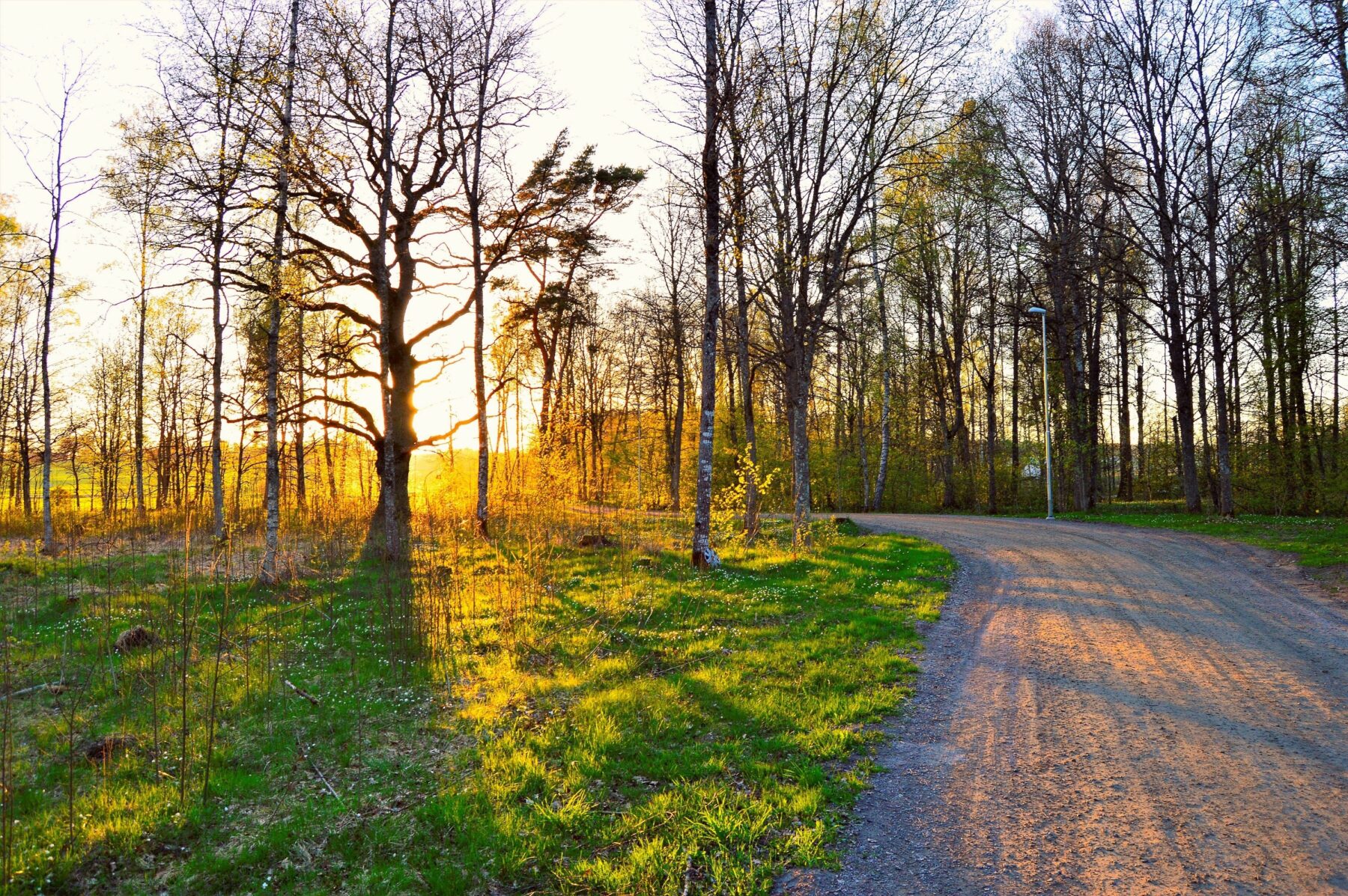Building a Rural Entry: Gravel and Rock Planning Guide
The right rural entrance is not just an access point, but the initial impression of a property, and a practical necessity when trying to maintain it. Whether it’s meant for residential, agricultural, or commercial use, choosing the correct gravel and rock, while maintaining compliance with environmental and zoning laws, can significantly affect the longevity and look of the entry.
March 7, 2025
Site Considerations and Planning
The success of a gravel or rock entry starts with a thorough site assessment. Under various weather conditions, the geography, soil composition, and drainage patterns define the degree of stability of the entry. Proper grading is required to avoid erosion and standing water, both of which can shorten the life of the entry.
Local regulations, environmental mitigation, and permitting procedures are also extremely important. Early interactions with local authorities help avoid future costly modifications. Community involvement is also important, particularly at shared access points where cooperation can help simplify adoption and lower controversy over construction decisions.
Selecting the Right Materials
Selecting proper gravel or rock is a balance between appearance, usefulness, and durability. To provide structural integrity, the foundation layer should consist of a firm material like crushed stone or compacted aggregate. A top layer of finer gravel or decorative rock enhances the surface appearance while offering better traction.
Common materials for a gravel entry depend on their intended use and durability. Strong basic support is provided by crushed stone, with its angular and compactable form. Whereas the smaller, rounder stones found in pea gravel improve drainage and add to the visual appeal. Underneath the gravel surface, a sturdy sub-base layer ensures long-term durability. Commonly utilized edge materials such as timber, brick, or metal help preserve the structure and prevent displacement.
Further aiding these efforts, a weed-resistant barrier under the gravel can reduce long-term maintenance by preventing unwanted plant growth.
Construction Techniques for Longevity
Just like when protecting against cold weather, layers in a gravel entry matter as well. Compacting a firm basis with layers of crushed stone is a great first step, followed by a secondary layer of finer gravel. Every layer should be fully compacted to avoid shifting and washouts over time.
Edging also plays a crucial role in keeping gravel contained. While drainage channels or culverts may be required in locations prone to significant runoff, metal or wooden edging materials help preserve the driveway’s structure.
Apart from structural integrity, safety should also be taken into consideration. A more user-friendly and hazard-free access means fewer slips, proper lighting, and properly sloped driveways.
Environmental Impact and Sustainability
Building a rural entry calls for careful land management to minimize environmental disruption. Unchecked erosion from gravel roads can introduce sediment into waterways, degrading water quality and surrounding habitats. Vegetative barriers, strategic grading, and silt fencing among other sediment control techniques help reduce these consequences.
Sourcing local materials reduces transportation emissions and supports regional economies. Additionally, crushed concrete or reclaimed asphalt as an excellent use of recycled materials that provides an eco-friendly alternative without compromising durability.
Ongoing Maintenance for Performance
The lifespan of a gravel entry hinges on whether it’s regularly maintained. Without maintenance, roads become rutted, compacted, and susceptible to erosion. Monthly inspections help identify minor wear early, preventing greater structural issues from arising. Bi-annual regrading reshapes the surface, maintaining an even distribution of gravel and ensuring proper drainage. An annual top-up preserves the surface by restocking the gravel lost to compaction and drainage. Regular gravel compaction and raking help preserve an even distribution, all with the purpose of reducing potholes and uneven surfaces.
Building a strong rural entry out of gravel and rock requires strong planning, material choice, and environmentally friendly building methods. In addition to improving accessibility, a well-built entry blends into its surroundings and lowers long-term maintenance expenses. By implementing proper practices from the start, rural access points can withstand the test of time, weather, and plenty of use.


